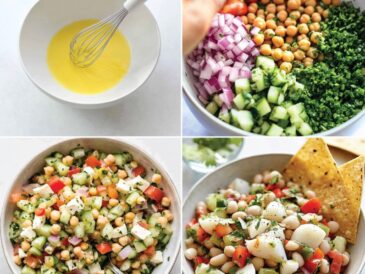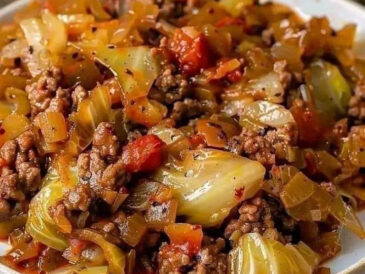4. Optimal Soil Conditions
Ensure your garden soil is well-drained and rich in organic matter. Peppers prefer slightly acidic to neutral soil (pH 6.0-7.0). Amend heavy clay soils with compost or well-aged manure to improve drainage and fertility.
5. Mulch for Moisture Retention
Apply a layer of organic mulch around pepper plants to retain soil moisture, suppress weeds, and regulate soil temperature. Mulching also helps prevent soil splash, which can spread diseases to plant foliage.
6. Watering Practices
Peppers need consistent moisture throughout the growing season, especially during flowering and fruit set. Water deeply but infrequently to encourage strong root development. Avoid overwatering, which can lead to root rot, and water early in the day to reduce fungal issues.
7. Feed Regularly
Fertilize pepper plants with a balanced fertilizer or one specifically formulated for vegetables. Apply fertilizer at planting time and again when plants begin to flower. Too much nitrogen can promote leafy growth at the expense of fruit production, so choose a fertilizer with balanced nutrients.
8. Supportive Structures
Some pepper varieties, particularly those with large fruits or bushy growth habits, benefit from support. Stake or cage plants to keep them upright and prevent branches from breaking under the weight of fruit. This also improves air circulation and reduces the risk of disease.
9. Pruning for Productivity
Prune pepper plants by pinching off the growing tips when they reach about 12-18 inches (30-45 cm) tall. This encourages bushier growth and more flower production, which leads to increased fruit yield. Remove any small or damaged fruits to redirect energy to larger, healthier peppers.
10. Pest and Disease Management
Monitor plants regularly for signs of pests such as aphids, spider mites, or pepper maggots, as well as diseases like bacterial spot or blossom end rot. Use organic pest control methods whenever possible, such as spraying with neem oil or introducing beneficial insects like ladybugs.
11. Harvesting Tips
Harvest peppers when they reach their mature size and desired color. Use sharp scissors or pruning shears to cut peppers from the plant, leaving a short stem attached. Regular harvesting promotes continuous fruit production throughout the season.
12. Crop Rotation
Rotate pepper crops annually to prevent soil-borne diseases and maintain soil fertility. Avoid planting peppers in the same spot where tomatoes, eggplants, or other nightshade family plants were grown the previous year. Rotate with legumes or leafy greens to replenish soil nutrients.
Conclusion
By implementing these twelve secrets to growing peppers, you can cultivate robust plants that yield a plentiful harvest of flavorful peppers. Whether you’re a beginner or seasoned gardener, these tips will help you optimize your garden space and enjoy the satisfaction of growing your own delicious peppers. Experiment with different varieties and techniques to discover what works best in your garden, and enjoy the vibrant colors and spicy flavors of homegrown peppers all season long!




